Rabbit plague in Adelaide Hills and Mount Barker costing farmers tens of thousands of dollars, destroying gardens
The worst rabbit plague in decades in the Adelaide Hills is ruining farmers’ livelihoods and driving gardeners mad, as demand for poison explodes.
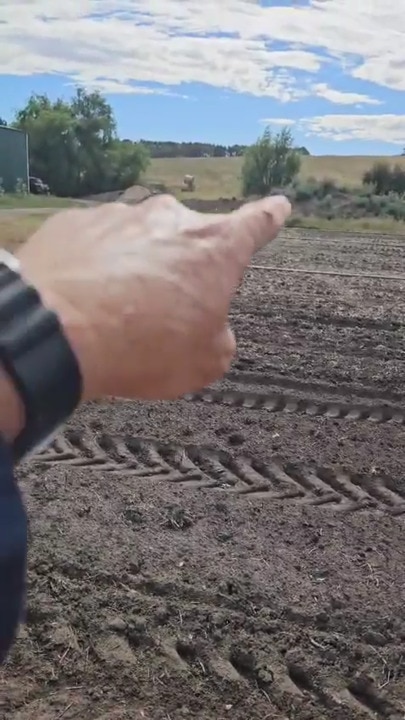
SA News
Don't miss out on the headlines from SA News. Followed categories will be added to My News.
A plague of rabbits in Adelaide Hills and Mount Barker has cost one farmer tens of thousands of dollars, as the pests roam in “unbelievable” new numbers through the region’s fields, suburban gardens and farms.
Farmer Leigh Samwell, 70, said he continually finds his brussels sprout plants eaten by rabbits overnight, burning through future sales for his Mount Barker vegetable business, Eastbrook Farms.
“It’s driving us crazy,” the farmer said. “I haven’t seen rabbits like this for decades. It’s just unbelievable.”
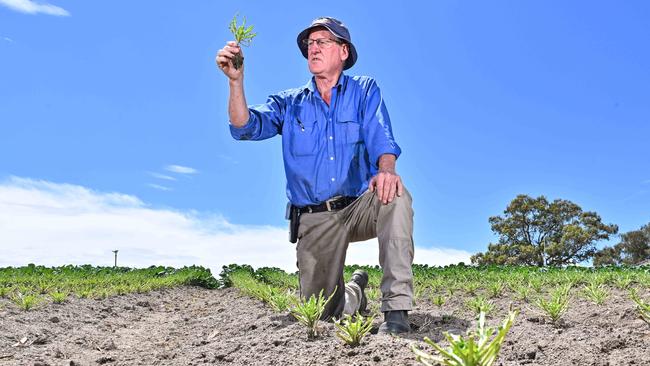
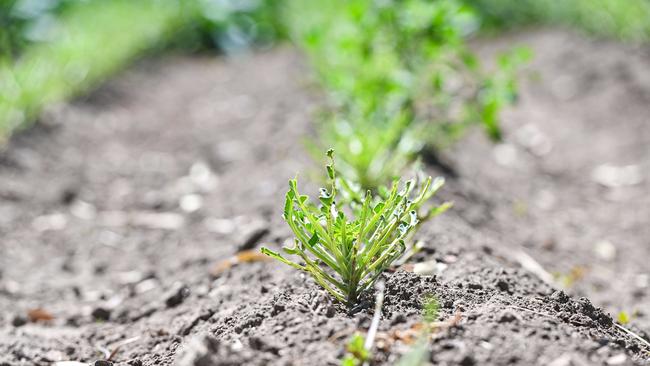
He has tried to curb the tide with guns, poison and rabbit-proof fencing, but nothing has been enough.
“It’s a numbers game,” he explained. “They’re just coming in thick and fast from everywhere.”
Susan Ivory, a government rabbit expert, said the local feral rabbit population had increased because of several years of relatively mild summers, resulting in green feed being available to rabbits for a longer period.
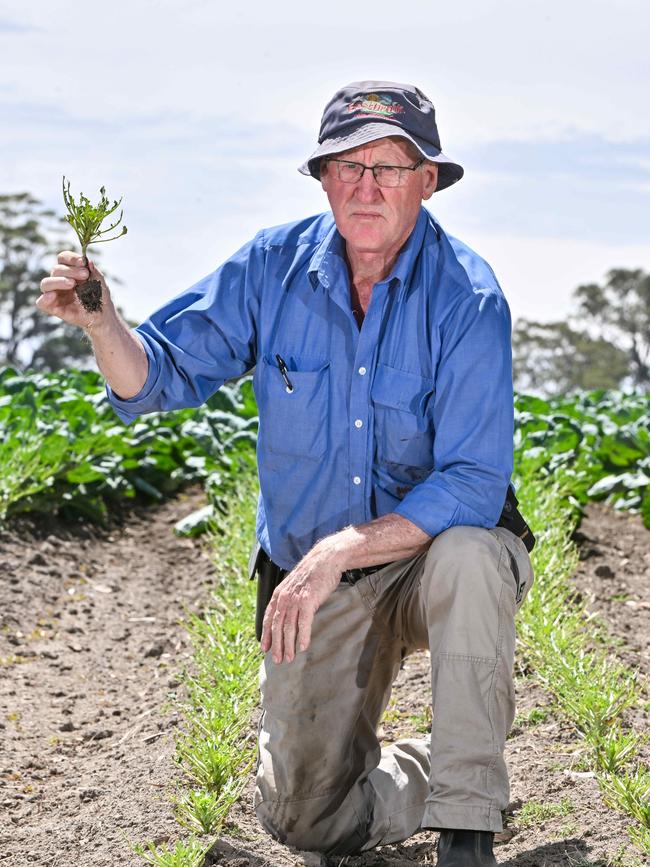

Ms Ivory is a team leader at Landscapes Hills and Fleurieu, a branch of Landscapes SA, the authority that provides tips to landholders on rabbit control. In South Australia, landholders are legally responsible for controlling rabbits on their property.
One measure Ms Ivory suggests is using carrots poisoned with calicivirus, a controversial but effective virus that causes haemorrhaging in rabbits.
Hahndorf resident Samantha Evins described the effects of calicivirus and another virus released decades ago, myxomatosis, as confronting.
“The rabbits, they become blind,” she said. “Their eyes are just exploding out of their freaking heads, and they will run and smash into a tree or a parked car because they can’t see.”
“I’ve taken two rabbits to the vet to be euthanised because it’s just so horrific,” she said.
But Ms Evins acknowledged there were no easy answers to stemming the worsening flow of rabbits into the region.
“They eat everything,” she said. “I love living in the Hills, and this is the price you have to pay. You forgo your vegetables and your pretty flowers because of the rabbit influx. If I was able to get a gun and just shoot them, I would.”
Calicivirus is an effective option because it does not infect other animals, unlike other common poisons that remain popular.
Claire Pearce, manager at Hills Farm Supplies in Mount Barker, said her records show in the past 36 months, she has sold four to eight times more rabbit poison per month than in previous periods.
“Given we’re in a drought, they’re getting pushed more and more into town,” she said. “They are always eating our hay … They will eventually start burrowing under our stuff, but we haven’t seen it yet.”
Community reports to Landscapes Hills and Fleurieu indicate rabbit numbers have been rising for the past three to four years.
Ms Ivory said feral rabbits inflict millions of dollars in damage to crops and pastures.
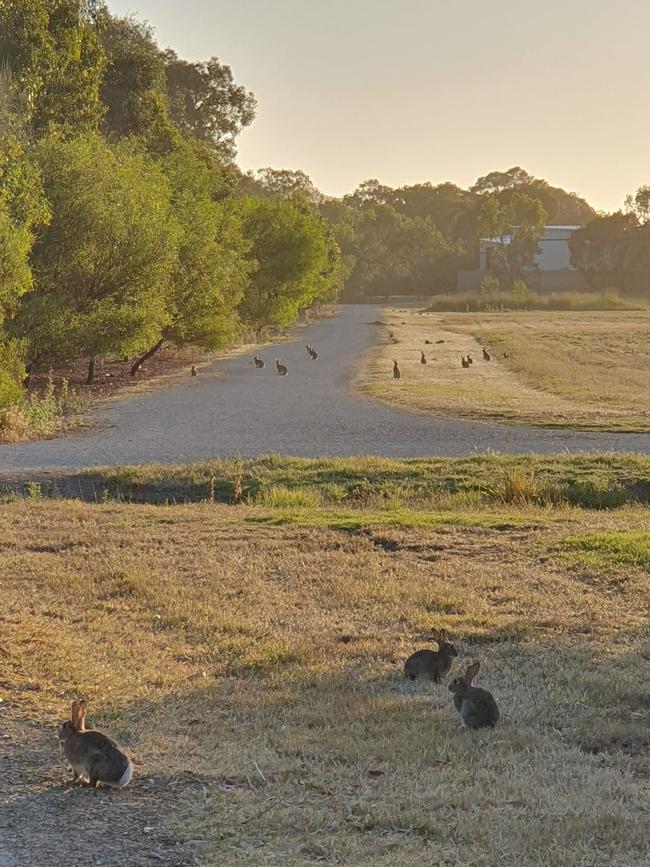
“Rabbits eat native plants, outcompete native animals for habitat, and cause soil damage and erosion through their burrowing,” she said. “Landholders also report rabbit scat impacting on their children’s use of the backyard, and fleas being introduced to their pets.”
She said most reports of high rabbit activity are concentrated in the central Adelaide Hills, with the highest demand for advice and support coming from Mount Barker, Stirling, Aldgate, Lobethal, and Woodside, likely due to their higher human population.
Myxomatosis continues to affect some rabbits, but its effectiveness is waning over time, according to Ms Ivory.
Adelaide Hills Council and Mount Barker Council both said they work with Landscapes Hills and Fleurieu to combat feral rabbits.





